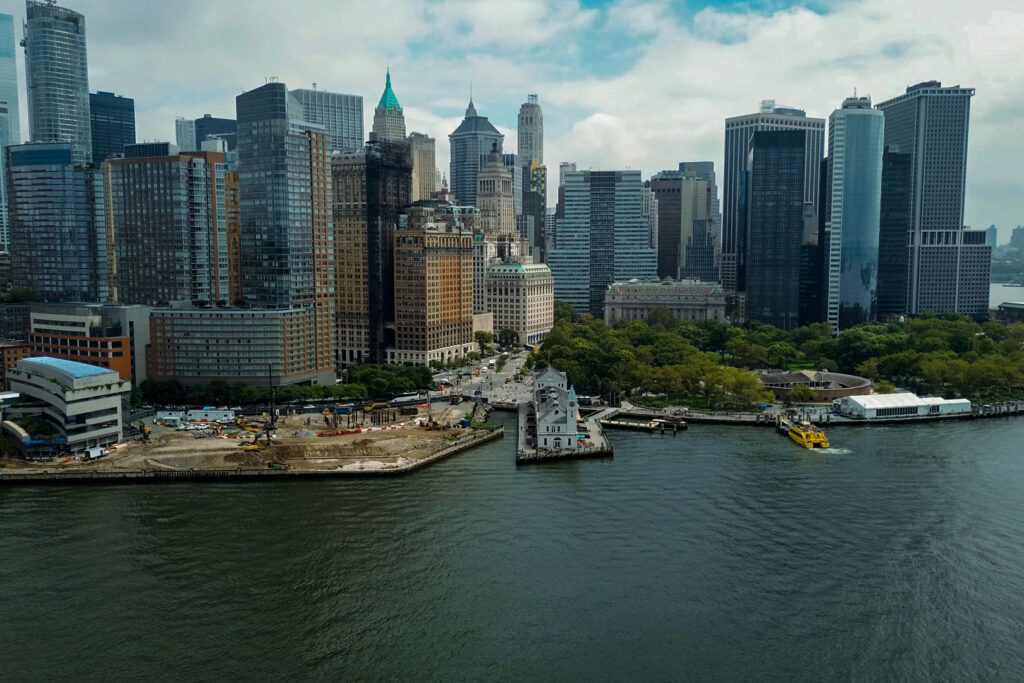How do you introduce sustainability at all levels of the built environment?
How do you introduce sustainability at all levels of the built environment? Nandan Tavkar, a senior sustainability engineer in our Dubai office explains

What is meant by sustainable practices in the built environment?
The journey of implementing sustainable practices starts with the city level (macro), through the district/campus, onto buildings and finally to the most important aspect, the people (micro). In broad terms, this covers energy, water, environmental quality, materials, waste, transportation, etc.
How are sustainable practices being adopted in the construction sector?
Sustainability is generally implemented at the building scale via Green Building Rating Systems like ‘LEED’, and ‘Estidama’, and with mandatory guidelines such as ‘Dubai Green Building Specifications and Guidelines’. We have seen this for around ten years. This has created a considerable support industry of suppliers, commissioning agents, testing companies, waste management companies, etc.
More recent trends include sustainable masterplanning on a district scale and city-scale policies such as Demand Side Management, Etihad ESCO Building Retrofit and Shams Dubai Roof-Top Solar. Even more recent are the health and wellbeing related policies. These are relatively nascent and the support industries are not completely formed yet. There is a significant opportunity for businesses to enter this sphere and for government entities to understand the impacts of these programs and to focus their efforts towards their 2020, 2030 and 2050 visions through policy instruments and investments.
What role do sustainable strategies play within the framework of a construction project?
Other than the obvious environmental factors and green-house emissions, the key roles include operational cost reduction, robust and resilient utilities and infrastructure management, and the creation of desirable and healthy spaces for people to live in and thrive, with the added benefit of improvement in productivity.
How are Gulf Cooperation Council (GCC) states doing when it comes to sustainable construction practices?
Within the GCC countries, UAE and Saudi Arabia are at the forefront of sustainable construction practices. Of the other GCC countries, Oman is now picking up momentum, having recently shown interest in renewables, and green building rating systems. Bahrain uses LEED certification (Green Building Rating System from USA) for a lot of its developments. Kuwait has undertaken some renewable projects, and may be moving towards Green Building Rating Systems for its buildings.
What are the biggest challenges that the industry faces in adopting sustainable practices?
The primary challenge is subsidised utility rates. It is difficult for energy efficiency and renewable energy businesses to make the financial argument while the rates remain artificially subsidised. Removal of some subsidy would be beneficial for the businesses implementing energy efficiency, water efficiency and renewables, and for the wider take up of more sustainable practices.
In terms of the construction industry, we have observed that there is this legacy of traditional, non-sustainable practices which a lot of the contractors, and even some consultants, still use. Through platforms like The Big 5, wider education and training and educational sessions in project meetings, it is possible to help them (contractors, and some consultants) unlearn non-sustainable practices, and outline the wider benefits of adopting sustainable practices.
Culture is also a major factor. Currently sustainable practices are not integrated into our daily culture. Awareness is necessary to create a culture of sustainability. This will be a key element to determine the success of the programs implemented by governments.
The article has been modified from its originally published form on The Big 5 Hub website.





